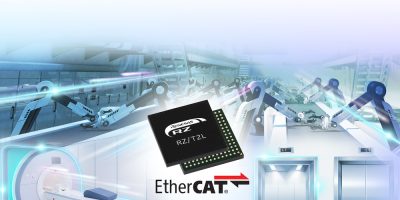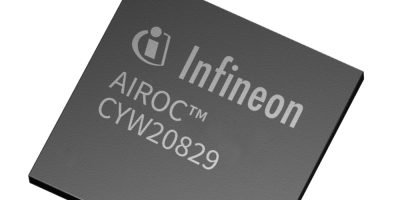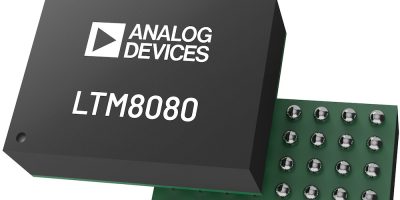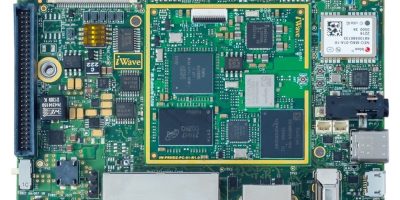The EtherCAT communication protocol is supported by the RZ / T2L microprocessor released by Renesas Electronics. It achieves high speed, real-time control for industrial systems.
The RZ/T2L MPU is based on the hardware architecture of Renesas’ RZ/T2M series. The RZ/T2L microprocessor delivers high speed, real-time processing performance required for AC servo drives, inverters, industrial robots and collaborative robots while reducing the chip size by up to 50 per cent compared to the RZ/T2M, reported Renesas. The device is suitable for factory automation and a broad range of applications such as medical equipment and building automation, both areas in which EtherCAT is increasingly becoming adopted.
The RZ/T2L is equipped with an Arm Cortex-R52 CPU with a maximum operating frequency of 800MHz and a proven EtherCAT slave controller designed by Beckhoff Automation for Ethernet communication. All internal RAM of the RZ/T2L is equipped with the ECC (error correction code) function as required by industrial applications. Additionally, the large (576kbyte) memory directly connected to the CPU reduces unpredictability in execution time that can be caused by cache memory and enables reliable, deterministic processing. The RZ/T2L also offers peripheral functions such as multi-protocol encoder interfaces for angle sensors, Sigma-delta interfaces and ADCs. These are arranged on a dedicated low latency peripheral port (LLPP) bus directly connected to the CPU to achieve fast and accurate real-time control capabilities.
The RZ/T2L uses the same architecture including the CPU, peripheral functions and internal bus, as Renesas’ high-end motor control MPU, RZ/T2M. In addition, Renesas offers the Flexible Software Package (FSP) and software development environment that are compatible with other RZ family microprocessors and RA family microcontrollers. This reduces development efforts and costs and facilitates scalable development of a wide array of products, noted Renesas.
The RZ/T2L can be used as a functional safety microprocessor and Renesas has said it will provide self-diagnostic software and SIL3 system software kits in Q4/2023, which allow customers to reduce development efforts and costs to develop functional safety system.
The RZ/T2L supports various security functions such as secure boot, secure firmware update, JTAG authentication, unique ID and cryptographic accelerator to reduce the risk of data breach and tampering of user programs. Renesas will offer the security software package as part of a security solution in May 2023.
The RZ/T2L is available today.







